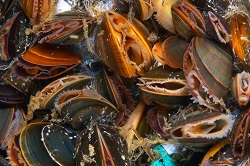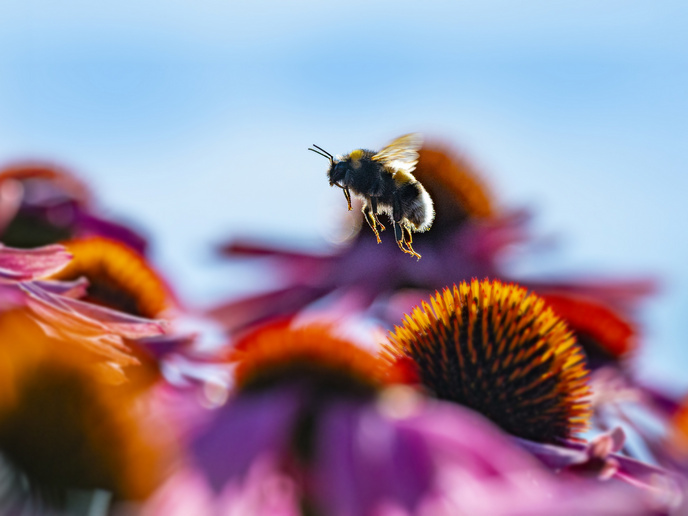Can commercial shellfish withstand climate change?
As sea water becomes more acidic, it’s predicted that heavily calcified shells will become thinner. As a result, the animals inside become more susceptible to damage and predators. This will upset the ecological balance and biodiversity. Sustainable growth and jobs in the blue economy The EU is the fourth biggest producer worldwide of Pacific oyster, and is responsible for 86 % of the global production of blue mussel. Since a large share of European commercial seafood production involves molluscs, there are potential implications not only for food security, but also employment and sustainability in rural communities. The EU aquaculture industry directly and indirectly employs about 80 000 people, many in rural areas where job opportunities are limited. Surprisingly little is known about how marine animals regulate calcium to produce a shell, how these processes might be affected when environmental conditions change and what the consequences are at population level. ‘This lack of knowledge significantly impacts on our ability to accurately predict future biodiversity and the outcomes for the commercial aquaculture industry,’ says Prof. Melody Clark, project coordinator for the EU-funded project CACHE. CACHE trained 13 early-stage researchers, 10 of whom were registered for PhDs at 10 partner institutes in 6 Member States. Three experienced researchers were also hired. They studied how shells are produced and controlled in four of Europe’s most important commercial marine shellfish species: oysters, mussels, clams and scallops. Overall, the aim was to better understand calcium regulation and shell production in the natural marine environment. The resilience of shellfish to climate change The fellows disproved the theory that cellular trafficking of amorphous calcium carbonate in vesicles is involved in the formation of mollusc shells. They identified an evolutionary conserved set of shell extracellular matrix protein and recognised the potential for selection of mollusc strains that are resilient to climate change effects. The team also demonstrated wide-scale phenotypic plasticity of shell morphology in the absence of genetic differentiation, and the environmental drivers that impact shell formation. Efforts have yielded 19 articles in international peer-reviewed journals, with at least another 40 on the way. CACHE has compiled considerable genetic resources for the four chosen species and made these openly accessible, together with other sequenced mollusc species, via Mollusc-DB, enhancing their visibility and exploitation for shellfish research. Four publicly available reports targeting the aquaculture industry and key stakeholders were produced on shell waste, biomimicry and future aquaculture. They analyse the uses of shell waste in the circular economy and for biomimetic purposes. Prof. Clark notes that by preparing the next generation of marine scientists, the project has ‘significantly contributed to structuring research training in marine biology at European level.’ A better overall understanding of how molluscs produce shells has implications for fisheries practices in the future. ‘Thanks to CACHE, there’s much greater insight into the population genetics of commercial shellfish and how factors such as temperature, salinity and acidity influence shell structure and performance,’ she explains. According to Prof. Clark, the impact on shellfish farming can’t be understated. Identifying cost-effective shell morphological metrics may aid farmers in detecting invasive species or increased susceptibility. What is more, identifying opportunities for selective breeding of these species should improve resilience one day.
Keywords
CACHE, shell, shellfish, mollusc, calcium, aquaculture industry, climate change







